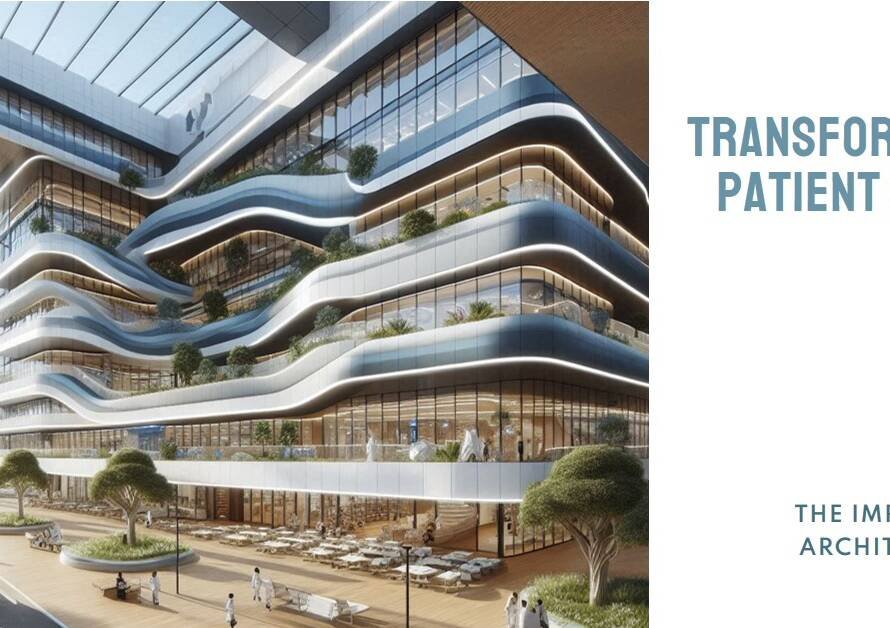
Table of Contents
1. Introduction: Navigating the World of 3D Visualization Software
In today’s design landscape, 3D visualization software plays a pivotal role in bringing ideas to life with stunning realism and precision. This blog explores the best 3D visualization software available for designers in 2021, highlighting their features, capabilities, and suitability for various design disciplines. Whether you’re an architect, interior designer, product developer, or artist, choosing the right visualization tool can significantly enhance your creative process, streamline workflows, and deliver impactful visual presentations.
2. Autodesk 3ds Max: Powerhouse for Design Visualization
Autodesk 3ds Max remains a powerhouse in the realm of design visualization, offering a comprehensive suite of tools for modeling, animation, rendering, and visualization. Designers leverage 3ds Max’s robust features to create detailed 3D models, realistic renderings, immersive animations, and interactive visual experiences. Its intuitive interface, extensive plugin support, and integration with other Autodesk products make it a go-to choice for professionals seeking versatile and efficient 3D visualization software for architectural, product, and entertainment projects.
3. SketchUp: Intuitive Modeling for Architects and Designers
SketchUp stands out for its intuitive interface and streamlined modeling tools, making it an ideal choice for architects, interior designers, and spatial planners. Designers use SketchUp to create conceptual models, detailed interiors, and architectural visualizations with ease. Its vast library of 3D models, user-friendly workflows, and compatibility with BIM (Building Information Modeling) workflows make it a popular choice for professionals seeking a balance of simplicity and versatility in their design visualization projects.
4. Blender: Open-Source Excellence for Diverse Creators
Blender has gained immense popularity as a versatile and powerful open-source 3D modeling and rendering software, catering to a wide range of design disciplines and skill levels. Designers, animators, and artists leverage Blender’s robust toolset for modeling, sculpting, animation, rendering, and compositing, empowering them to create stunning visualizations and animations. Its active community, frequent updates, and extensive plugin support make Blender a dynamic platform for exploring creativity and pushing the boundaries of 3D visualization in various industries.
5. Autodesk Maya: Industry-Standard Tool for Animation and VFX
Autodesk Maya remains an industry-standard software for animation, visual effects, and 3D modeling, favored by professionals in film, gaming, and animation industries. Designers harness Maya’s advanced features for character animation, dynamic simulations, motion graphics, and realistic rendering, achieving unparalleled visual quality and storytelling capabilities. Its deep customization options, scripting capabilities, and integration with other Autodesk products make it a top choice for designers and studios pushing the boundaries of visual creativity and technical excellence.
6. Cinema 4D: Seamless Workflow for Motion Graphics and 3D Design
Cinema 4D excels in providing a seamless workflow tailored for motion graphics, 3D design, and visual effects projects. Designers and animators leverage Cinema 4D’s intuitive interface, powerful modeling tools, and dynamic simulations for creating engaging animations, complex visual effects, and captivating motion graphics. Its integration with leading rendering engines like Octane and Redshift further enhances rendering capabilities, allowing designers to achieve stunning visual results with speed and efficiency.
7. Lumion: Real-time Visualization for Architectural Projects
Lumion stands out as a real-time visualization software specializing in architectural visualization and rendering. Architects and designers use Lumion to transform their 3D models into lifelike visualizations, complete with realistic lighting, materials, landscaping, and atmospheric effects. Its easy-to-use interface, vast library of assets, and real-time rendering capabilities enable designers to create compelling presentations, walkthroughs, and virtual tours of architectural projects, fostering better client communication and project visualization.
8. KeyShot: Photorealistic Rendering for Product Design
KeyShot is renowned for its unmatched speed and ease of use in creating photorealistic renders for product design and visualization. Designers and engineers leverage KeyShot’s real-time rendering capabilities, extensive material libraries, and intuitive interface to showcase product designs with stunning realism and visual accuracy. Its advanced lighting and material editing tools, coupled with seamless integration with popular 3D modeling software, make KeyShot a preferred choice for professionals seeking high-quality renders for marketing, presentations, and design iterations.
9. V-Ray: High-Quality Rendering Across Industries
V-Ray stands as a leading rendering engine known for its high-quality output and versatility across industries such as architecture, interior design, automotive design, and visual effects. Designers use V-Ray’s advanced rendering features, global illumination, and physically accurate materials to achieve lifelike renders, immersive visualizations, and cinematic effects. Its integration with major 3D modeling software and extensive plugin ecosystem make V-Ray a trusted choice for professionals demanding exceptional rendering quality and creative control.
10. Conclusion: Empowering Designers with Cutting-Edge Visualization Tools


In conclusion, the best 3D visualization software mentioned above cater to diverse design needs, industries, and creative aspirations, empowering designers to unleash their creativity, visualize concepts with precision, and deliver compelling visual presentations. By choosing the right visualization tool aligned with project requirements, workflow preferences, and budget considerations, designers can streamline their design processes, communicate ideas effectively, and create immersive visual experiences that resonate with audiences and clients. Embracing these cutting-edge visualization tools ensures that designers stay at the forefront of innovation, creativity, and design excellence in 2021 and beyond.



